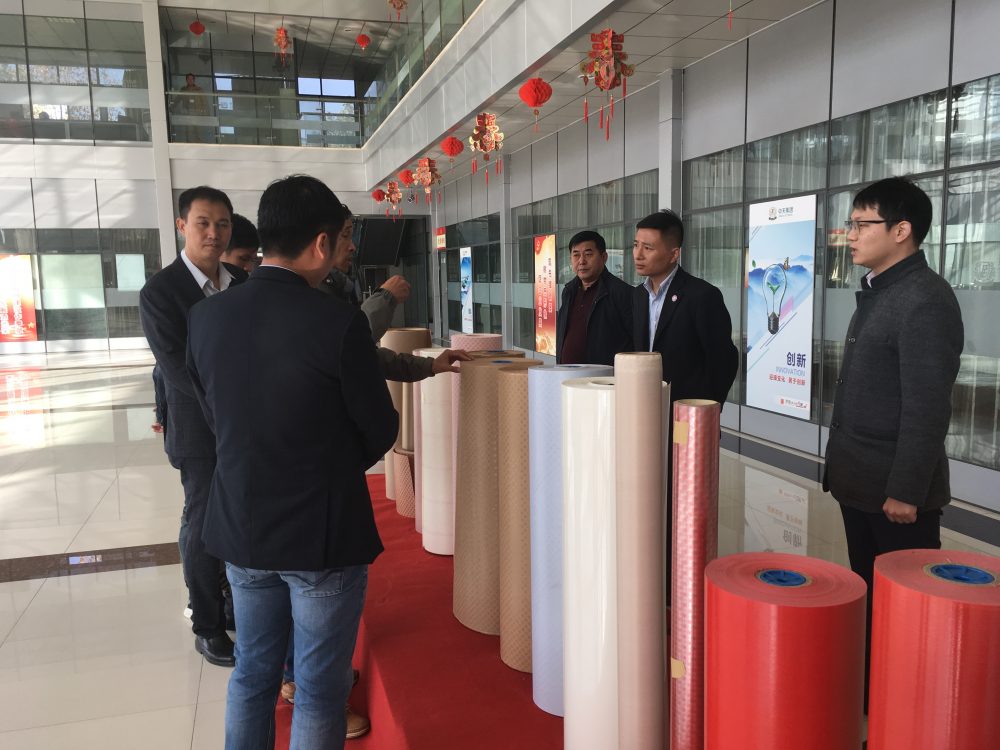The Difference Between the Full Insulation and the Semi-Insulation of the Transformer-I
The semi-insulated voltage transformer only accepts the phase voltage during normal operation, and the full insulation voltage transformer can withstand the line voltage during operation.

The difference between them:
1) Different wiring methods. The high-voltage N-pole of the semi-insulated voltage transformer must be directly grounded. In the power distribution system, substation, switching station, high-voltage user terminal, etc. need to install voltage transformer. The parallel operation of many semi-insulated voltage transformers makes it easy to excite high-amplitude ferromagnetic resonance overvoltages when the system is slightly asymmetrical. The more parallels, the more likely it is to occur. The fully insulated voltage transformer can be directly grounded, or it can be grounded indirectly (connecting resistor, zero sequence voltage change, etc.), and the V-shaped wiring can be operated without grounding.

2) Different anti-harmonic measures. The semi-insulated voltage transformer is equipped with a special harmonic elimination device on the secondary open triangular winding, or a parallel bulb, or a parallel resistance anti-resonance. In addition to the above measures, the fully insulated voltage transformer can also be used to eliminate harmonics in series with high voltage neutral point. The fully insulated voltage transformer is in a step-down operation state due to normal operation, and the excitation performance is better. Effectively prevent pressure-dependent ferromagnetic resonance overvoltage, must be multi-pronged, and a variety of measures can be used to achieve effectiveness.